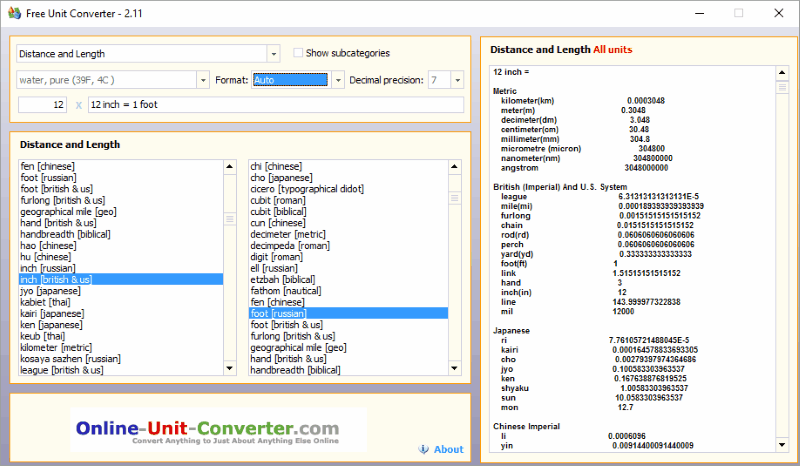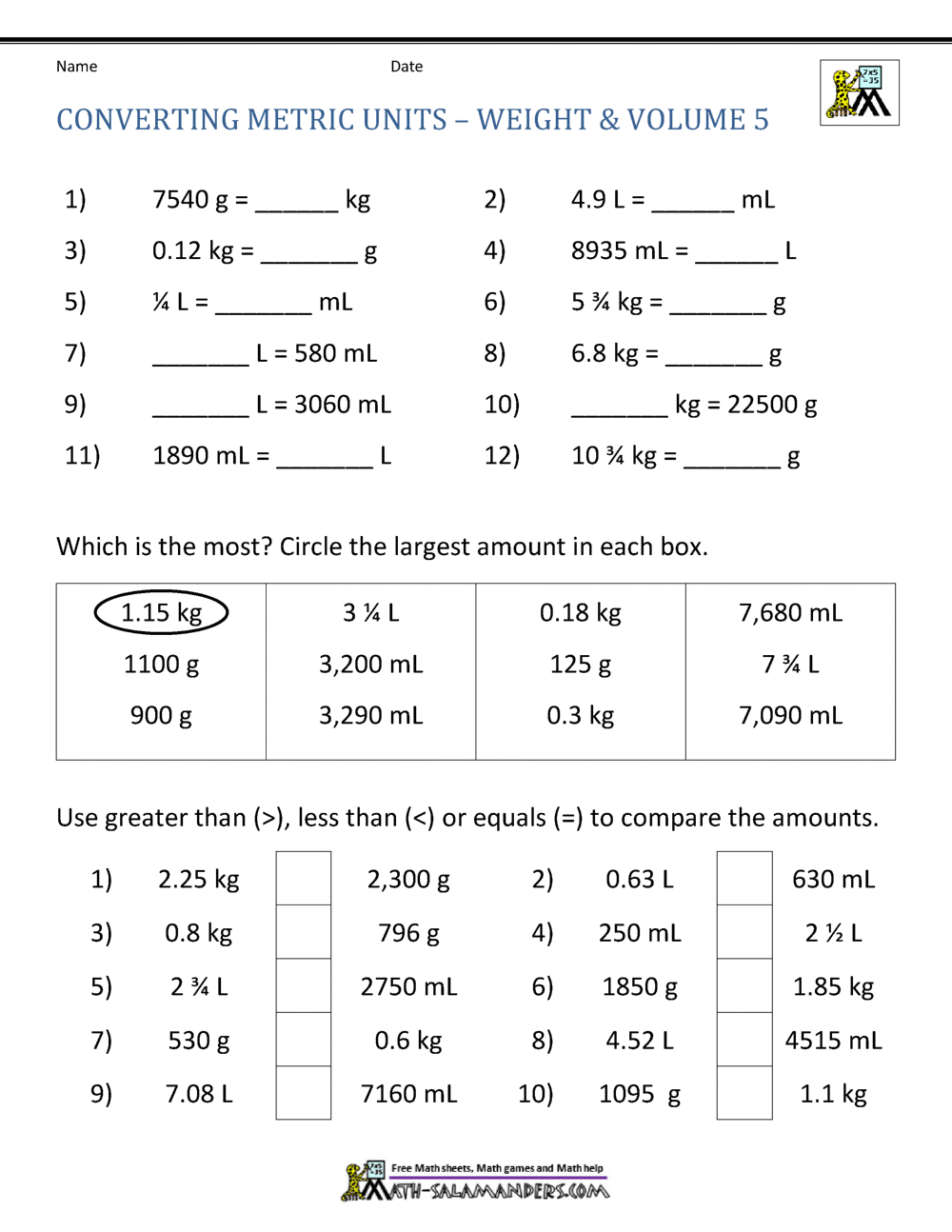Some Ideas on Inches To Centimenter You Should Know
Wiki Article
Some Known Questions About Inches To Centimenter.
Table of ContentsThe Only Guide to Inches To CentimenterThe smart Trick of Inches To Centimenter That Nobody is Talking About7 Easy Facts About Inches To Centimenter ExplainedThe Single Strategy To Use For Inches To Centimenter
This makes learning Unit Conversion Device a breeze and also will raise your performance dramatically while squashing the learning curve. You can conserve great deals of time by using the global converter as it functions in offline setting as well. And also it supplies you exact conversion causes practically all units available for dimensions.99% accurate answer (inches to centimenter). Given that Universal Converter application is available cost-free on shop for all systems, just download the application from store, install the application on your mobile phone as well as open the app, choose your conversion devices as well as after that enter the value as well as click 'Convert' for outcomes. This application is individual friendly interface with providing immediate and exact outcome.
This proves to be a perfect solution for field job and also you are basically ensured to find the exact conversion device when needed! Easy to use Interface Offers Accurate Result Immediate Output No demand for Net Connection Offers modified outcome in all Possible Systems Global Converter gives a precise and instantaneous result to all inputs.

Some Of Inches To Centimenter
Thanks for your set of questions (inches to centimenter). Sending conclusionBelow is a helpful and also instructive reader-contributed unit conversion energy which has been sent for addition to the main Revit SDK samples. We discussed the Revit system managing in among the really initial blog posts to this blog. One bottom line reviewed there is the truth that Revit inside uses a fixed set of interior data source systems which can not be transformed.
The post discusses the basic unit converter given by the Midas, Link sample, that makes use of hard-wired self-maintained conversion constants, and recommends a simple hands-on hand-operated approach for establishing any kind of called for conversion aspect (inches to centimenter). The device conversion energy provided right here demonstrates how this process can be automated to prevent the demand for any kind of hard-coded conversion variables at all.
One use of this is to transform and present the interior Revit data source devices to whatever systems the customer chooses to see in the individual interface. It would be wonderful to access this functionality from our external add-in applications as well, rather of preserving our own conversion routines.
Not known Details About Inches To Centimenter
For completeness' sake, we likewise point out an additional area associated to units that we touched on briefly, the exploration of unit kinds and also style alternatives by Matt as well as Saikat. The aptly name Device, Conversion utility presented below shows accessing the internal Revit system taking care of capability to implement the inverse direction also, and additionally gives a practical customer interface for identifying and examining system handling performance as well as conversion elements.

If your project devices for Size are readied to inches, and you store into a specification making use of Set, Value, String the string worth for 12, Revit will immediately transform 12 inches into 1 foot and also really store the worth of 1 for you into the criterion. Using Establish, Worth, String, you don't even need to recognize that Revit has an inner unit of action, let alone what those units of measure are. inches to centimenter.
A Biased View of Inches To Centimenter
If, for instance, your job systems for Size are readied to centimetres and also you send the string worth: 18" (with the routing double quotes), Revit will certainly interpret that as eighteen inches and will save the value 1. 5 (one and a half feet) into your parameter for you. As one more example, having your job systems for Length readied to meters and also using Set, Worth, String with the worth: 2' 3" (consisting of the solitary and also double quotes) will certainly keep the value 2.Revit understands exactly how to do all the string parsing for you, as well as will certainly throw an exemption if you try to send it something it can not interpret. An identical reverse feature called As, Value, String likewise exists in the Revit API. This will transform a parameter's interior worth back to the string depiction for the present task systems.
5, calling As, Value, String will return the string 3' 6". Utilizing this expertise, it is feasible to compose methods which can be used to help resolve the unit conversion issue much more quickly. As an example, article source we can create a function to return the range variable (multiplier) that is needed for a particular set of systems of procedure.
If we want to save 1000 CFM right into Revit, we find have to save the worth 16. For the mathematically likely, this range aspect equates to 1/60, which informs us the inner units Revit utilizes for air circulation are Cubic-Feet-per-Second. inches to centimenter.
Report this wiki page